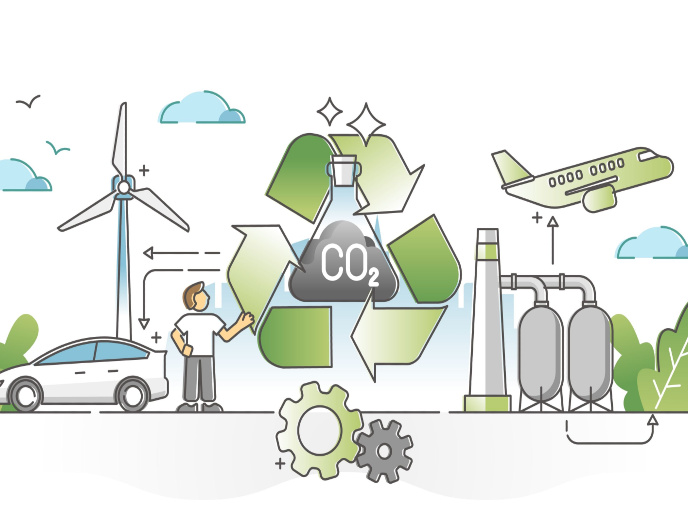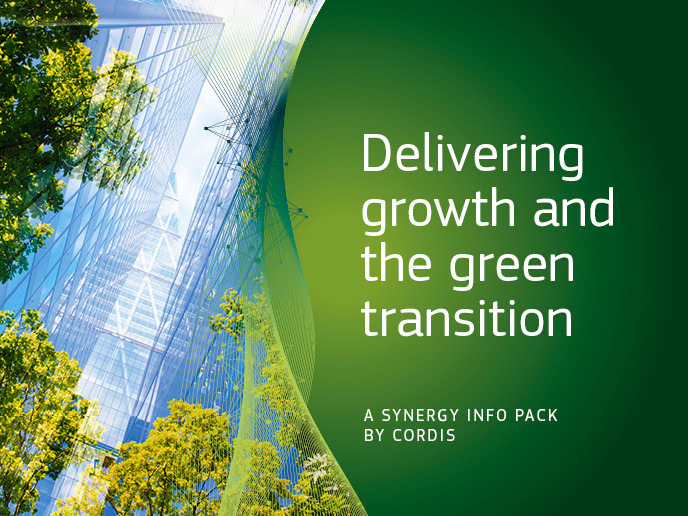Recycled paper opportunities in the gypsum-processing industry
Gypsum board is a commonly manufactured building material, primarily for use in finishing interior walls and ceilings. Made of a paper liner wrapped around an inner core of gypsum plaster mixed with paper fibre and various additives, it provides an attractive, low cost option. Besides their ease of installation and increased fire resistance, they have the capacity to absorb short-term emissions of particles and other air-borne organic compounds at rates higher than other materials. The unique co-operation between industrial partners, research institutes and universities within the ZEOGYP-BOARD project was successful in developing new lightweight building components of exceptional performance characteristics. With research work in their own areas of interest, each project partner contributed to exploring opportunities to recycle old plasterboards and wastepaper into the gypsum production process. Cellulose-fibres stemming from recycled paper as well as fibrous clay residuals were used to reinforce the surface hardness of the gypsum board. With the addition of natural zeolite, which contributes to the removal of contaminating agents commonly found in old paper by ion-exchange, the low-grade gypsum properties could be improved. Importantly, the porosity of the gypsum board core was increased with the use of foamed zeolite and its weight was significantly reduced. The manufacturing of these new building materials has created new possibilities for retrofitting existing production lines of gypsum board at the end of their life-cycle with a low capital investment. More skilled use of conventional production lines through the newly developed and implemented manufacturing technologies will help maintain the sustainable growth of the sector.







